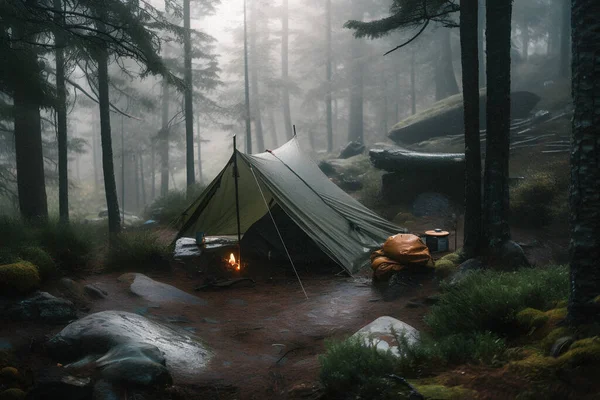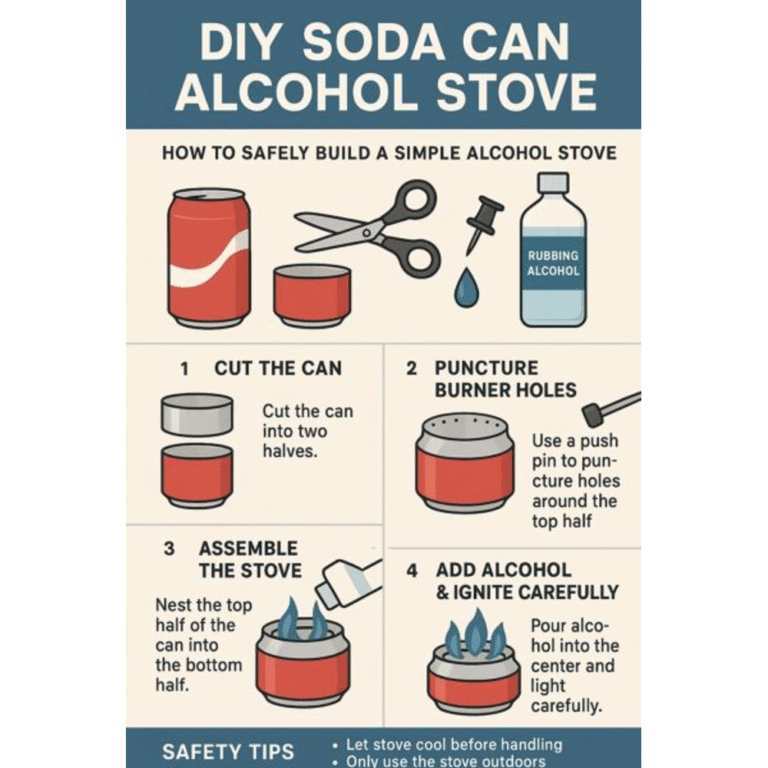“7 Forgotten Survival Skills That Could Save Your Life (And How to Relearn Them)”
Forgotten survival skills aren’t just relics of the past — they’re life-saving techniques that modern preppers, campers, and everyday people need to bring back. If you’re serious about being prepared, it’s time to revisit the old-school methods your ancestors relied on for food, fire, water, and shelter. In this guide, we’ll explore 7 essential forgotten survival skills that have kept generations alive — from natural navigation and primitive fire-starting to foraging and water purification. More importantly, you’ll learn exactly how to relearn these critical skills before disaster strikes and it’s too late.
This post contains affiliate links. I may earn a small commission at no extra cost to you. Learn more.
1. Starting Fire Without Matches or Lighters
Why It Matters: Fire is critical for warmth, water purification, cooking, and signaling. But matches and lighters can fail in wet conditions or run out of fuel.
Forgotten Skill: The bow drill technique generates fire through friction—no fuel needed.
How to Do It: Start by gathering your materials: a dry spindle (preferably from a softwood like cedar), a hearth board, a bow with a strong cord, and a handhold. Cut a small notch into the edge of the hearth board and place a leaf or thin bark underneath to catch the ember. Place the spindle upright in the notch and use the bow to rotate it rapidly. Apply downward pressure with the handhold. After consistent friction, you’ll produce a small ember. Transfer it carefully to a tinder bundle and blow gently to ignite it into a flame.
Practice Tips: It takes time and technique—try in dry conditions first, and don’t get discouraged. Carve your set properly, and use a wide stance for stability.
Recommended Tool:
2. Navigating Without GPS or Compass
Why It Matters: Electronics can die in survival scenarios. Being able to find your way naturally is a true survival advantage.
Forgotten Skill: Celestial navigation using the sun and stars.
How to Do It: At night, find the North Star (Polaris) by tracing a line from the outer stars of the Big Dipper. Polaris always points north. During the day, try the stick and shadow method: place a stick upright in the ground and mark the tip of the shadow with a small rock. Wait 15 minutes and mark the new shadow tip. A line drawn between the two marks gives you an east-west line.
Practice Tips: Combine natural methods with map-reading to become truly self-reliant. Study terrain association and how landscapes form landmarks over time.
Recommended Tool:
3. Trapping Small Game
Why It Matters: Protein is essential in the wild. Traps work 24/7 without you burning calories chasing animals.
Forgotten Skill: Deadfall and snare traps to catch small animals like rabbits and squirrels.
How to Do It: One simple trap is the figure-4 deadfall. Carve three interlocking sticks into angled notches that prop up a heavy flat rock. Bait is placed under the rock. When the animal disturbs the trigger, the rock falls. Snares involve tying a small wire or cord loop to a bent sapling and placing it on a game trail. When the animal steps into the loop, it triggers the trap.
Practice Tips: Understand local wildlife. Look for animal tracks, scat, or worn trails. Make sure traps are camouflaged and check them regularly.
Recommended Tool:
4. Making Cordage from Natural Materials
Why It Matters: Rope and cord are essential for building shelters, making tools, fishing, setting traps, and hauling gear. If your paracord runs out or gets damaged, knowing how to make cordage from plants can be a literal lifeline.
Forgotten Skill: Creating strong, flexible cordage from natural fibers like tree bark, yucca, nettle, or milkweed.
How to Do It: Harvest long strands of inner bark or tough plant fibers. Strip the fibers and soak them if they’re stiff. Use the two-ply reverse wrap method: twist one strand away from you, then bring it over the other strand to lock it. Repeat down the length. The result is a tough, usable rope for survival needs.
Practice Tips: Start with dry weather and flexible fibers. Practice your twist and tension. Try making small lengths before working up to larger projects like shelter ties or tool handles.
Recommended Tool:
5. Finding and Purifying Water Without Filters
Why It Matters: You can only survive about three days without water. In the wild, dehydration becomes a risk faster than you think. But water from streams or puddles may be contaminated with bacteria or chemicals.
Forgotten Skill: Locating and purifying water using primitive methods like solar stills, hot rock boiling, and natural filtration.
How to Do It: Look for signs of water: animal tracks leading downhill, dew in the early morning, or green vegetation. Dig a hole, place a container in the center, fill around it with wet leaves, and cover with clear plastic. Use a stone to weigh the center. Condensation collects and drips into your container. Or use fire-heated rocks dropped into a container to boil water. Layer charcoal, sand, and grass in a bottle for natural filtration.
Practice Tips: Test these methods in safe conditions and learn local water safety signs. Filtered water should still be boiled or treated to ensure safety.
Recommended Tool:
6. Shelter Building Without Modern Tools
Why It Matters: Hypothermia and exposure are leading killers in outdoor survival situations. A warm, dry shelter can mean the difference between life and death.
Forgotten Skill: Building a debris hut or lean-to using sticks, leaves, and natural insulation.
How to Do It: Create a strong frame by leaning branches against a horizontal ridgepole. Cover with layers of brush, leaves, and moss for insulation. Use mud or bark for additional weatherproofing. For lean-tos, use a tarp or stacked branches at an angle, anchoring with rocks or more branches. Always insulate the floor to retain body heat.
Practice Tips: Build in elevated, dry areas. Avoid valleys or riverbeds. Insulate heavily, and test it overnight to check warmth and durability.
Recommended Tool:
7. Foraging for Wild Edible Plants
Why It Matters: Wild plants can provide vital nutrients when food is scarce. Foraging allows you to survive when your supply runs out or in long-term wilderness situations.
Forgotten Skill: Identifying edible wild plants like dandelion, chickweed, lamb’s quarters, and wild onion.
How to Do It: Learn to recognize edible plants by shape, color, location, and seasonal availability. Use a regional guide for accuracy. Dandelion leaves are jagged and bitter but nutritious. Chickweed grows low with small white flowers and is mild-tasting. Wild onions smell like onions and have tall, green, hollow stalks.
Practice Tips: Only eat what you can 100% identify. Go on guided walks with an expert, or take a foraging course. Some plants require boiling or drying to reduce bitterness or toxins.
Recommended Tool:
Conclusion
In today’s world of apps, GPS, and instant conveniences, it’s easy to forget the old ways of living off the land. But these forgotten survival skills are more than history lessons — they’re lifelines when modern systems fail. From fire-starting and foraging to natural navigation and water purification, each of these techniques connects us to the knowledge our ancestors relied on to survive. The good news? These skills aren’t lost forever. With practice, patience, and the right gear, you can relearn them and add a powerful layer of self-reliance to your preparedness plan. Because when disaster strikes, it’s not fancy gadgets that save lives — it’s the timeless survival skills that have always worked.
📌 Save This Guide
Want to revisit this later or share it with others? Pin this image on Pinterest:














